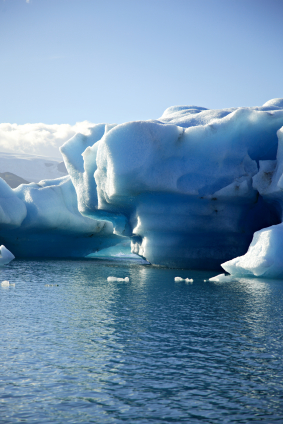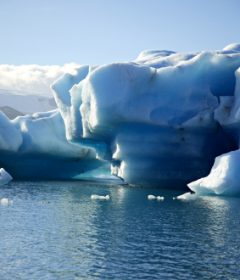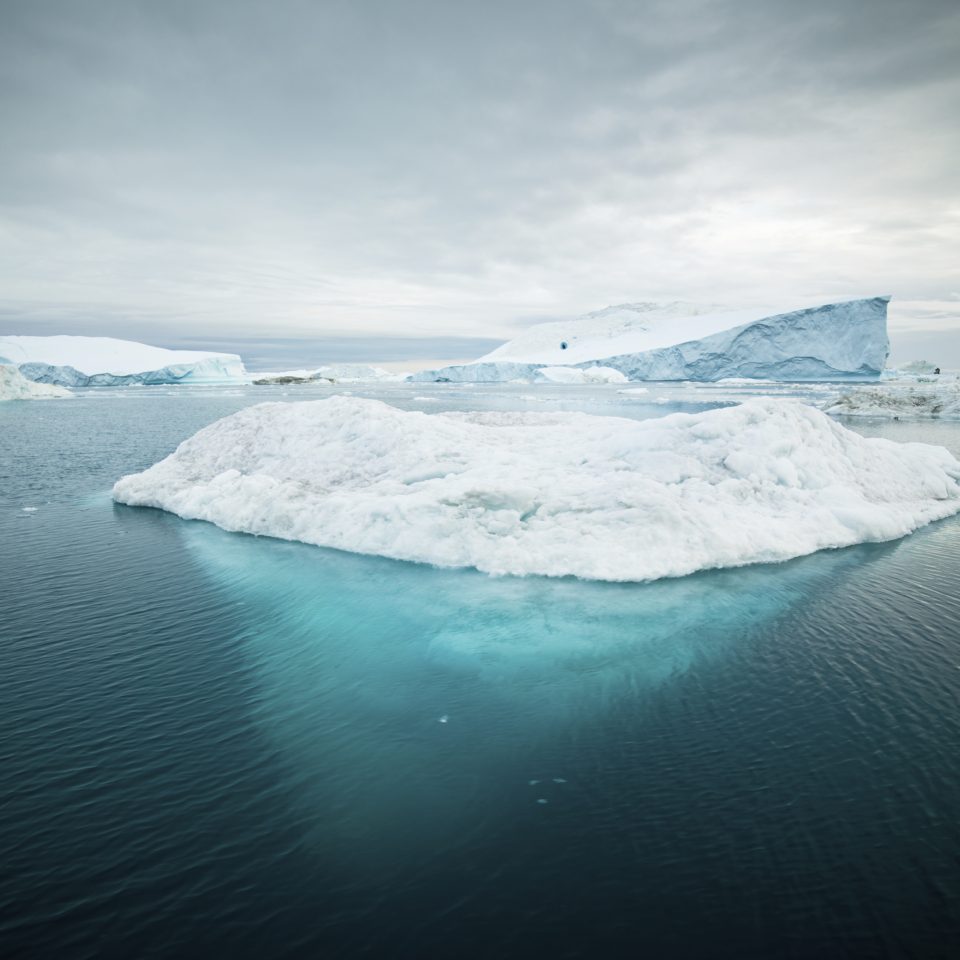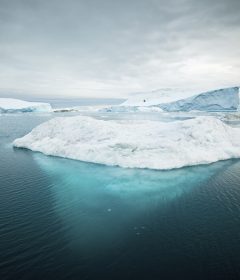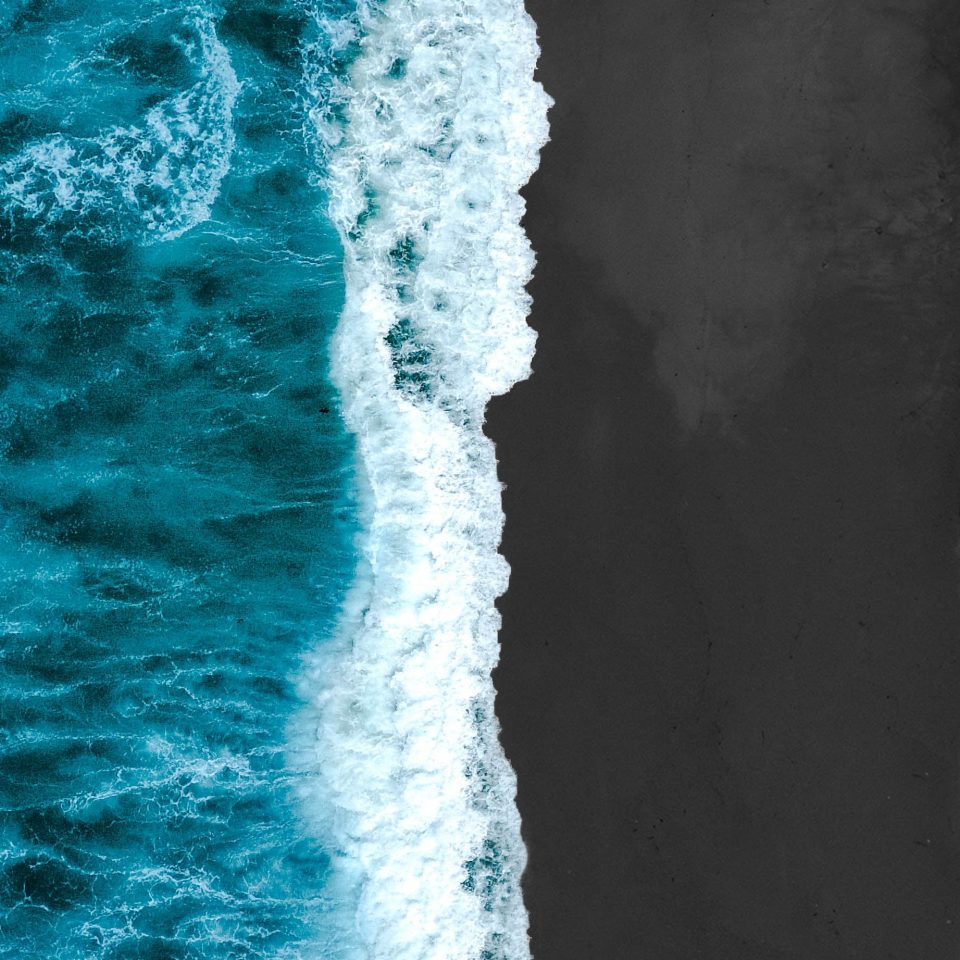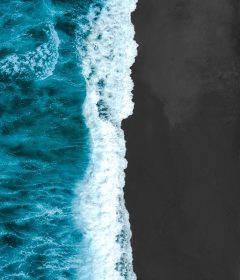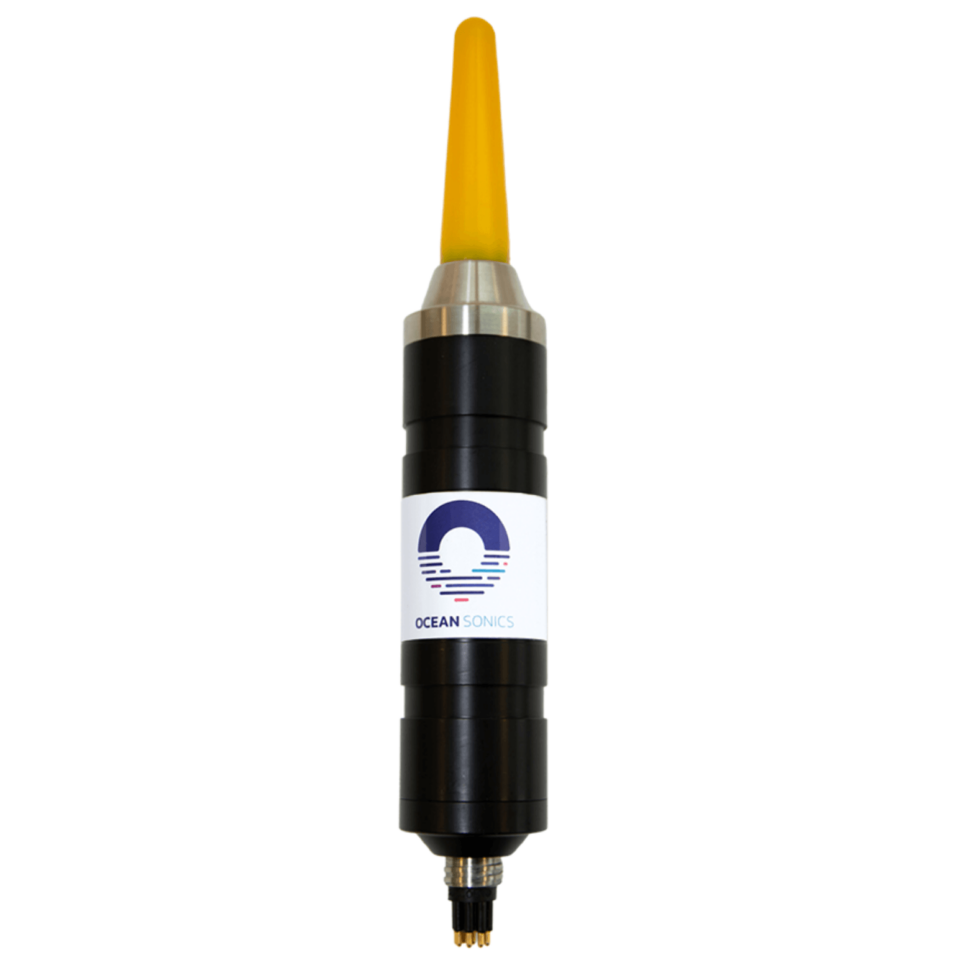Defense & Security
-
Earthquakes & Tsunamis
Using low-frequency hydrophones scientists and researchers record undersea volcanoes and earthquakes just like any other sound. The mass of energy released is what’s known as thrust faulting. Thrust faulting happens when one tectonic plate dives under another. As the seismic energy from the earthquake spreads through the water it can set off a tsunami. Hydrophones that monitor for volcano, earthquake and tsunami sounds can be deployed in various ways. They can be attached to an underwater observatory, they can be dropped into the water from ocean vessels, attached to a float, or anchored to the seafloor. Using these various deployment methods scientists are able to detect earthquakes that strike in the middle of the ocean.
-
Sea Ice Monitoring
Ice breakup is a major component of the natural ocean sound field. With the recent widespread decreases in sea ice concentrations, researchers want to establish acoustic measurements for the ocean’s natural sound levels prior to increases in anthropogenic activities. Using hydrophones for long-term acoustic monitoring is an effective tool for observing changing levels of ambient sound related to sea ice dynamics, environmental noise-generating mechanisms, and anthropogenic noise, while simultaneously detecting marine mammals.
-
Harbour Security
The successful detection and tracking of sources of underwater noise are of particular interest for both the monitoring of marine life, as well as for reducing potential threats to port and harbour security. The use of passive acoustics is a cost-effective solution to the monitoring of unidentified underwater targets, whether hostile, friendly or purely environmental.
Underwater acoustics is used in the interest of having an undetectable surveillance system. A common method used for passive acoustics in the detection and tracking of targets is the utilization of hydrophones, hydrophone arrays, and radio buoys. If real-time data is needed the Ocean Sonics GSM Radio Buoy can supply instrument power and a link if cables are not possible. This link sends hydrophone data over the Internet to the user’s desktop.
“Ocean Networks Canada performed a wide range of tests on the hydrophones prior to deployment to verify the manufacturer’s specifications. The hydrophone instruments met all the manufacturer’s specifications and were easy to use. Both models satisfy our requirements for dynamic range, sensitivity and, most importantly, reliability. When coupled with the fast and friendly customer support we have received, these LF and HF hydrophones are a good choice for our ocean observatory.”
Tom Dakin Sensor and Technology Business Development Officer and Resident Ocean Acoustician Ocean Networks Canada
“We have been working with Ocean Sonics in our technology demonstration program since the first prototypes. Our science users have been very impressed with the very high quality data sets. Ocean Networks Canada is expanding our hydrophone network with Ocean Sonic icListen HF smart hydrophones across our observatory including new sites across coastal BC, as part of the Smart Oceans™ program. The compact size, Ethernet interface, high reliability and exceptional performance make these systems ideal for ocean observing applications such as mammal classification, vessel and ambient noise studies.”
Scott McLean Director(Former) Ocean Networks Canada
“I have used many different hydrophones on different systems, but these icListen hydrophones are the best I’ve seen in many years. They’re calibrated to very low frequencies where I’ve never been able to get reliable data.”
Ross Chapman Professor Emeritus University of Victoria
The Ocean Observatories Initiative (OOI) Regional Scaled Nodes (RSN) had requirements for very broadband hydrophones with good noise floor characteristics and a wide dynamic range. The icListen HF hydrophones satisfied these requirements at a reasonable cost. The hydrophones were quite easy to use out of the box, and easily passed our intensive First Article tests centered on assuring any instrument will not interfere with or corrode any other instrument. Customer support has been quite good, with very detailed questions answered quickly and accurately.
Skip Denny Principal Ocean Engineer, RSN Applied Physics Lab, University of Washington.

